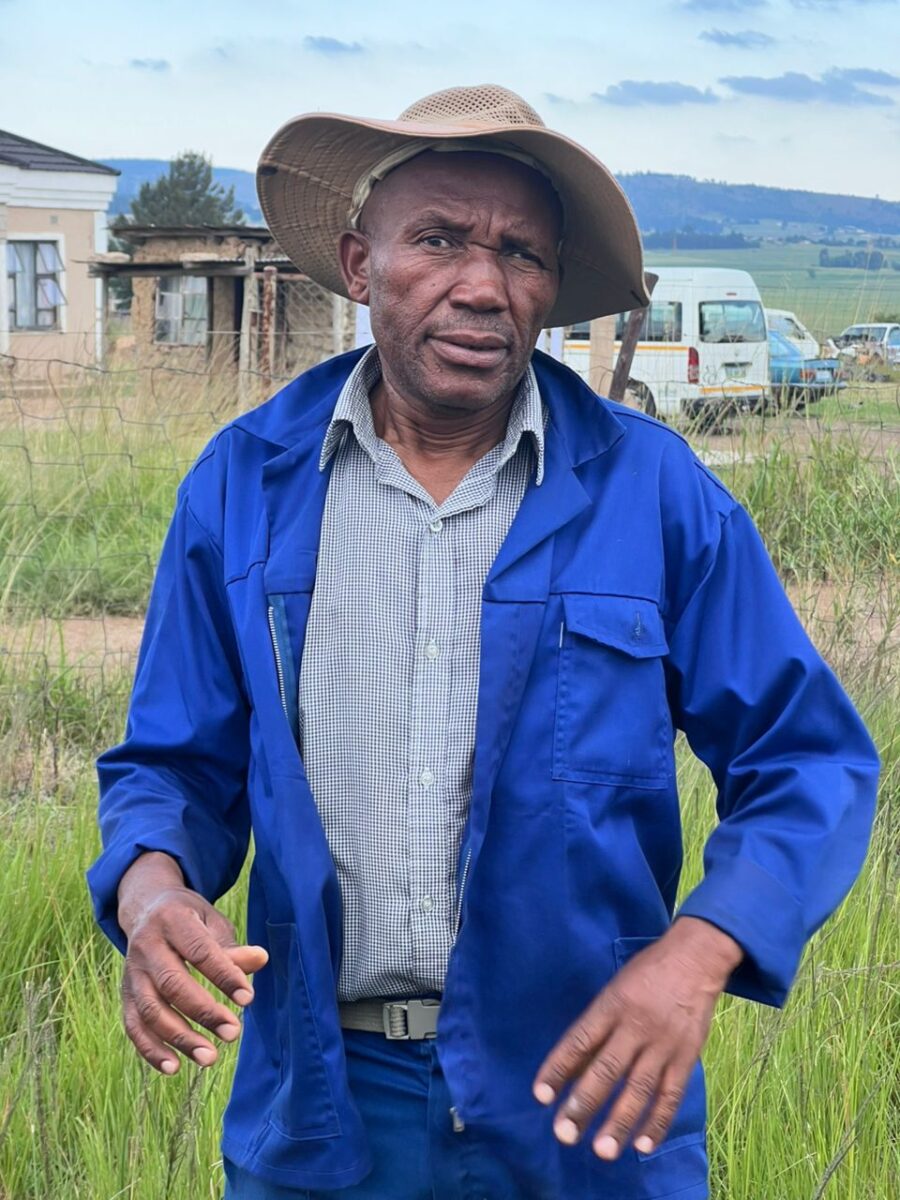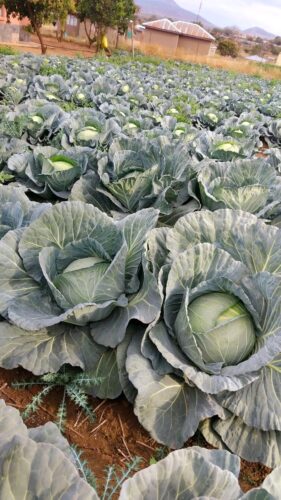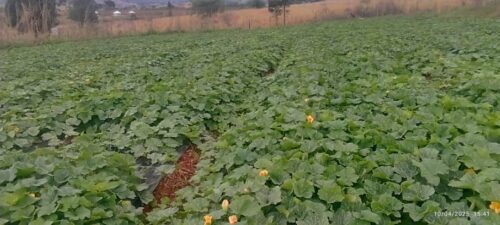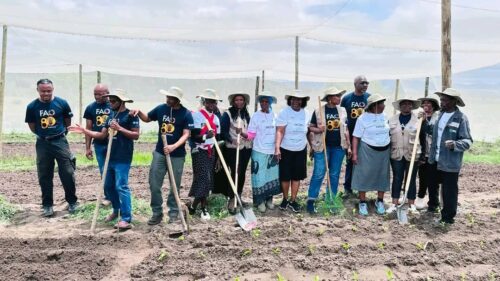BY NOXOLO DLAMINI
NHLANGANO – Many farmers in Eswatini perceive starting a feedlot with 20 cattle as a costly and challenging endeavour, but financial institutions and experts argue that this is the optimal way to commercialize operations for profitability. The Eswatini Agricultural Development Fund (EADF) strongly advocates for this approach, highlighting that it is where financial support is most readily available.
Nothando Simelane, a technical advisor from the EADF, emphasized that starting with fewer than 20 cattle often results in losses, as operational costs outweigh returns. “A feedlot can thrive when a farmer starts with at least 20 cattle. Anything less is likely to generate a negative balance after deductions,” she explained. Financial institutions, including the EADF, are prepared to assist farmers in scaling up their operations to meet this benchmark.
The EADF provides tailored financial packages to help farmers invest in quality feed, modern equipment, and improved infrastructure. The fund offers low-interest loans, charging 9% per annum, with loan amounts ranging from E5,000 to E3 million. This financial backing aims to break barriers that prevent small-scale farmers from transitioning into profitable commercial feedlots.
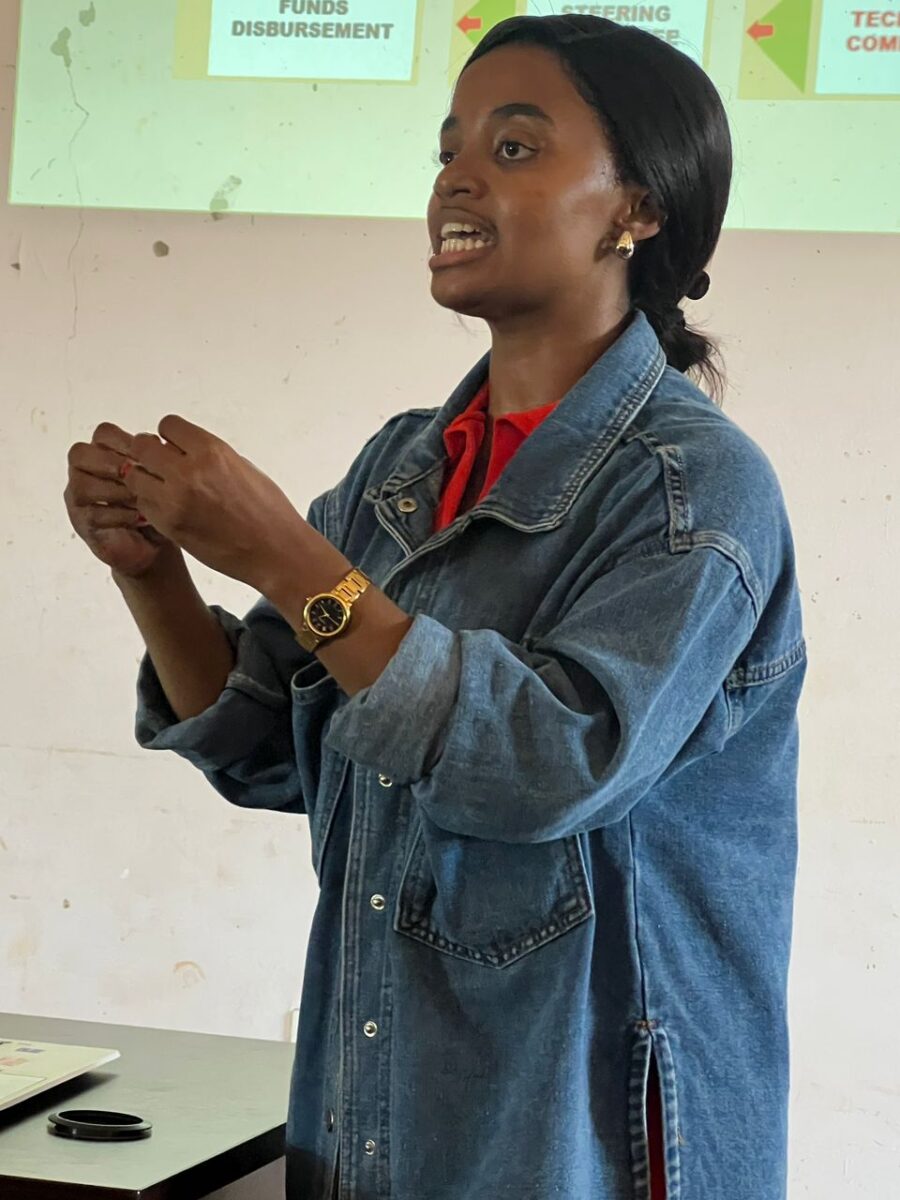
Despite the financial incentives, some farmers remain cautious. Samson Gina, a participant in the recent feedlot training session in Nhlangano, admitted that while the model is ideal, financial constraints have limited his operations to just three cattle. “It’s doable. I am making a living out of the three cattle I have, taking care of my family while reinvesting in my business,” he said. Gina encouraged fellow farmers to take the first step, assuring them that financial support is accessible once they establish their feedlots.
The training session, hosted by the Ministry of Agriculture on January 31, 2025, aimed to equip local farmers with modern techniques to optimize livestock operations. Attendees were trained in effective feedlot management, infrastructure development, biosecurity measures, and feeding regimes tailored for different growth stages.
By coupling technical training with financial support, the Ministry of Agriculture is reinforcing its commitment to modernizing Eswatini’s livestock sector. The feedlot training initiative is a crucial step towards improving food security and creating a resilient, commercially viable livestock industry. As more farmers adopt these methods, Eswatini’s agricultural landscape is poised for transformation, driven by knowledge, innovation, and financial empowerment.
